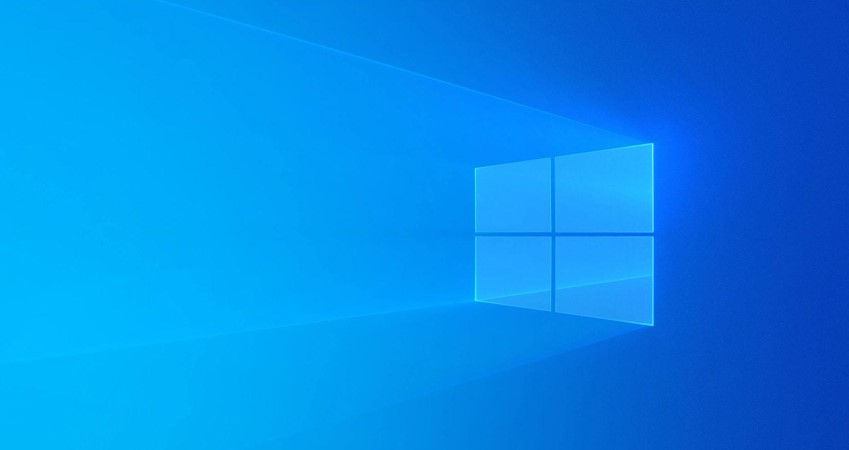If you want to run Windows 10 on a Mac, you can. But with Windows 11, that becomes difficult, although there are detours to get the operating system up and running with a bit of luck.
Windows 11, announced last week, will not formally be released until the end of December. Still, an unofficial version has been circulating since last week, and a preview version will soon be available.
But by default, it doesn’t run on Macbooks, iMacs, or Mac minis. Not on the old devices, with Intel processor, and certainly not on the new generation on Apple Silicon, Apple’s chips on the Arm architecture.
There are two things involved: the hardware of the Macs is not officially supported by Windows. Therefore, a Mac will already indicate that the operating system cannot be installed during the Windows installation process.
The other hurdle is the requirement for TPM 2.0, an additional chip where cryptographic keys are stored. Some recent Macs have that chip, but many a few years old don’t. A problem that also affects many PC users.
It doesn’t look like support for Macs or any easing around TPM is coming any time soon. But AppleInsider does point to a loophole through which the TPM obligation and hardware support can be circumvented. In doing so, you will be editing a file in the Windows 11 virtual disk file to bypass the TPM check.
This bypasses the check on TPM and whether or not you have supported hardware, but your device still has to meet the technical requirements, such as (at least) a dual-core processor, 4 GB RAM and 64 gigabytes of storage. That also applies to PCs or virtual machines in which you want to try Windows 11.


